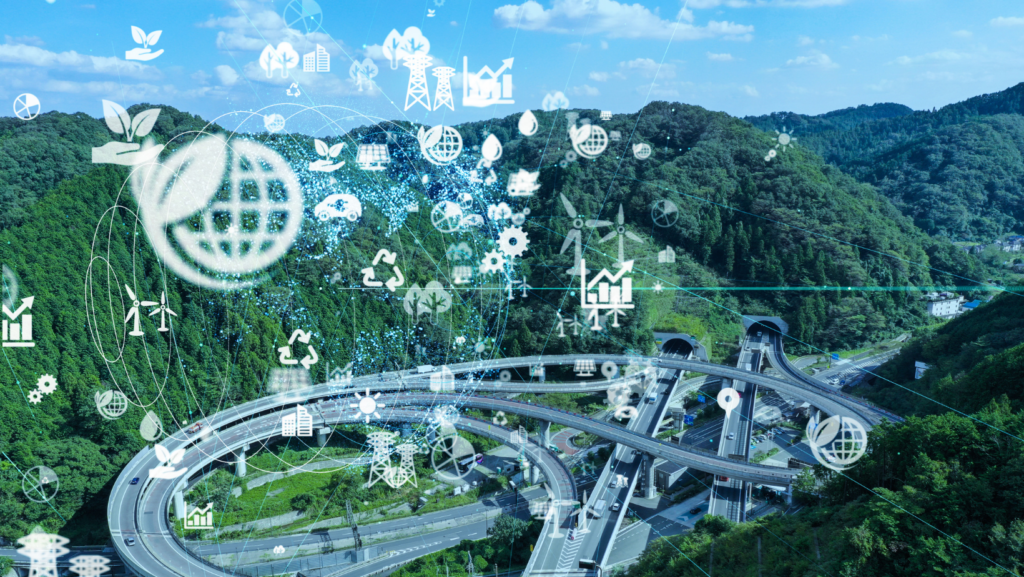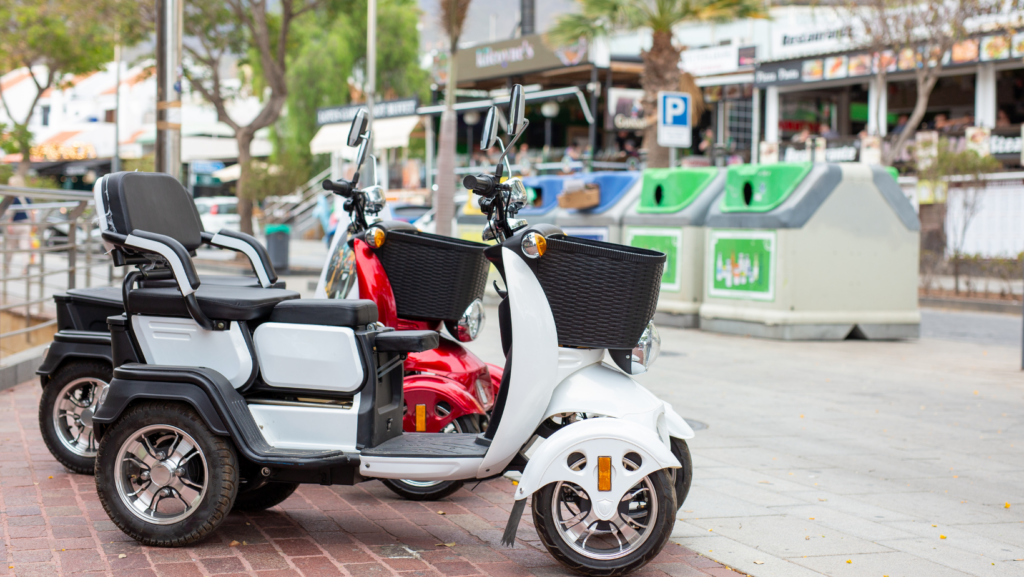As the world grapples with the escalating climate crisis, the spotlight is turning towards sustainable transportation. It’s no longer just an innovative concept, but an urgent necessity. This article will delve into the world of eco-friendly travel, exploring the most groundbreaking and effective sustainable transportation ideas.
From electric vehicles to bike-sharing programs, we’ll examine how these ideas are revolutionizing the way we move. We’ll also look at the challenges they face and the potential they hold for reducing our carbon footprint. Whether you’re an eco-conscious commuter or a city planner, this article promises to broaden your horizons on sustainable transportation ideas.
Sustainable Transportation Ideas
Sustainable transportation refers to any means of transport with low impact on the environment. Now, let’s unfold this profound concept and discern its core differences from conventional transportation methods.
Concept and Importance of Sustainable Transportation

Sustainable transportation emphasizes transportation means that are environment-friendly and less energy-consuming. It factors in the broader context of economic and social sustainability, when designing and operating transport systems. The importance cannot be overstated, it contributes to reducing air pollution and even noise pollution. For instance, cycling, a form of sustainable transport, not only cuts down on greenhouse gas emissions but also boosts public health by promoting physical activity.
How Sustainable Transportation Differs from Traditional Means
Differing from traditional transportation means, sustainable transportation stands out for its minimized adverse effects on the environment. Traditional transport, primarily reliant on fossil fuels, intensifies greenhouse effect and speeds up global warming. Hence, sustainable transportation is the solution to both environmental degradation and energy inefficiency problems rampant in conventional transport systems.
Various Sustainable Transportation Ideas
Walking, Bicycling, and Non-Motorized Travel Modes
Consider walking, bicycling, and non-motorized means, endowed potential solutions for short-distance travel. By taking advantage of these options, commuters contribute significantly to lessening greenhouse gases.
Public and Mass Transit Vehicles

Public and mass transit vehicles—buses, trams, trains—exhibit a significant role in advancing sustainable transportation. They efficiently carry large numbers of people, reducing individual vehicles’ count on the roads, and in turn, cut down carbon emissions. For instance, a bus carrying fifty passengers replaces approximately thirty cars on the road, signifying a substantial reduction in air pollution. An additional boon of public transit systems lies in their potential to reside off renewable energy sources, adding another layer to their environmental boon.
Carpooling and Ridesharing Services
Carpooling and ridesharing services emerge as effective strategies in advancing sustainable travel solutions. They optimize vehicle use by accommodating multiple passengers headed in similar directions, thereby reducing the number of vehicles on the road. Through maximizing passenger per vehicle ratio, these services lessen individual carbon footprints. Let’s consider a working populace comprising ten people carpooling to their workplace: the number of vehicles reduces from ten to one, considerably cutting down carbon emissions. It’s a practical approach, effective in urban areas where heavy traffic and high vehicle density are prevalent.
Innovation in Sustainable Transportation
Electric and Hybrid Cars

Electric and hybrid vehicles surge at the forefront of innovative progress. Equipped with an electric motor and a traditional engine, hybrid cars optimize their energy use, contributing to reduced pollution. Purely electric vehicles, a step further, use an electric motor entirely, eliminating the need for fossil fuels entirely.
Supersonic speeds with a negligible carbon footprint represent the promise of hyperloop technology, which propels pods through low-process tubes. Alternatively, magnetic levitation (Maglev) trains eliminate friction by levitating above the track through magnetic fields. Both these technologies, seen in the Virgin Hyperloop and Shanghai Maglev Train, present a clean, ultra-fast future for mass transit.
Autonomous and Drone Taxis
Advancements in artificial intelligence yield autonomous vehicles that optimize road usage, potentially minimizing congestion and emissions. Drone taxis, a robust development on the horizon, propose an entirely new clean air travel format.
Broadening Your Horizons
Sustainable transportation ideas isn’t just a buzzword; it’s a necessity in today’s eco-conscious world. It’s clear that the shift towards greener travel options, such as cycling and walking, is not only beneficial for the environment but also promotes healthier lifestyles. The rise of innovative technologies like electric cars, hyperloop trains, and drone taxis is transforming the transportation landscape, making it more efficient and eco-friendly.

